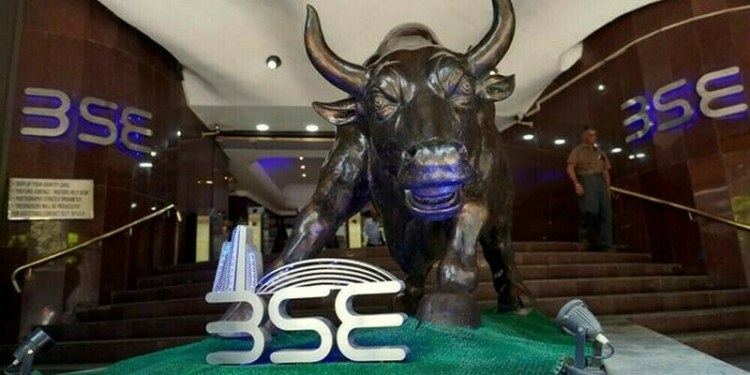Ho Chi Minh City — Vietnam’s polystyrene demand is expected to get a boost in 2019, with the US-China trade war hitting the Chinese finished goods market while boosting the Vietnamese one, and also due to its burgeoning automobile sector, David Hsu, general manager of Kim Hoang Long said during an interview late last week.
KHL is a major PS and ABS distributor for Taiwan’s Chi Mei Corporation in Vietnam.
“PS demand in Vietnam is growing at 15%-20% each year recently, and we expect this to continue, but if the US-China trade war becomes more severe, it may end up adding 5%-10% more growth to Vietnam next year,” he said.
Increased PS demand from Vietnam will likely come in three waves, as companies seek to minimize their exposure to US tariffs on Chinese finished goods, he said.
“First, orders will move to Vietnam and other Southeast Asian countries, and we’re beginning to see that. Secondly, next year, companies with capacity in both countries will expand Vietnamese capacity, while Chinese capacity will [be relegated to] serve mostly domestic demand. Thirdly, companies with no footprint in Vietnam may open new factories [there], but that will take time,” he said.
MADE-IN-VIETNAM AUTOS TO BOOST PS/ABS DEMAND
Vietnam’s drive to produce domestic vehicles will boost PS and ABS demand in the long term, Hsu said.
“Vietnam has made a decision domestically to design and produce automobiles, whereas previously cars are imported or simply assembled here. Two original automobile models have been designed in Vietnam this year, which is expected to begin mass production next year,” he said.
The startup of new automobile production lines will bring in the associated satellite companies and increase demand for high tech plastic components such as advanced ABS, nylon and PS parts, he added.
While labor is relatively inexpensive in Vietnam, challenges remain for the country to transition up the value chain, Hsu noted.
“Our industry is reliant on human capital, and I think that Vietnam’s technical skill sets needs to improve. Otherwise, it is problematic if the speed of economic growth exceeds people’s ability to adapt new technical requirements,” he said.
— Yi-Jeng Huang, [email protected]
— Edited by Geetha Narayanasamy, [email protected]
Source: S&P Global Platts



























